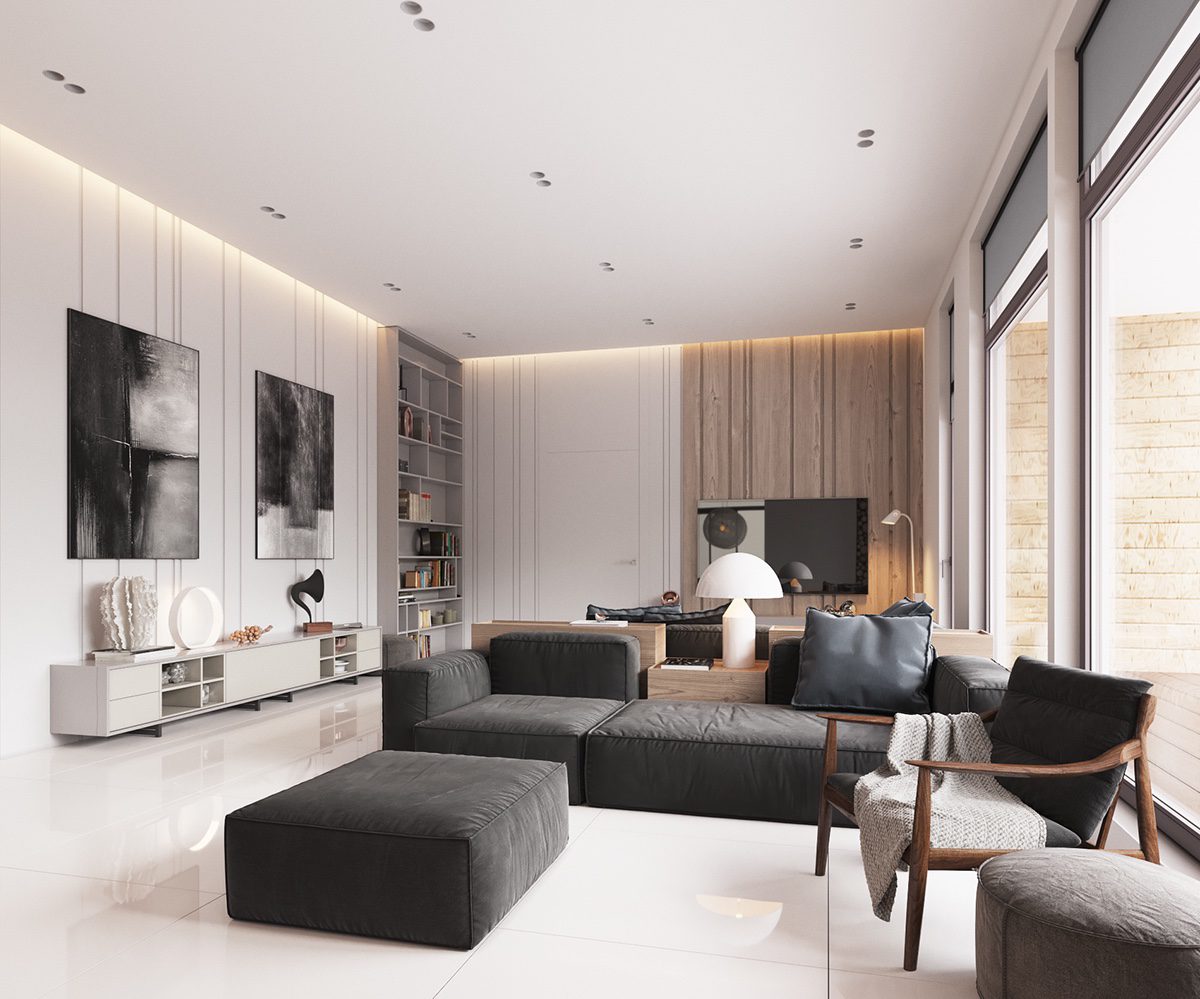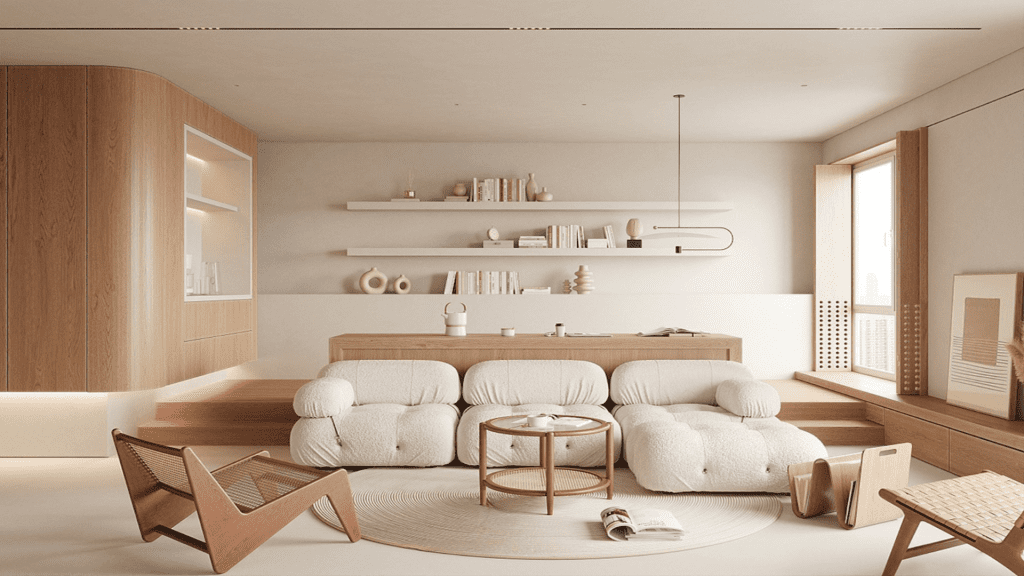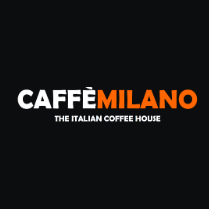Minimalist design is at the forefront of modern branding, captivating audiences with its emphasis on simplicity and functionality. In today’s fast-paced digital landscape, where consumer attention is fleeting, brands that adopt minimalist principles create compelling user experiences that resonate deeply. This approach enhances brand recognition by eliminating the clutter that often distracts potential customers, allowing clear messaging to shine through. Not only does minimalist design cater to mobile optimization, ensuring that interactions are seamless across devices, but it also aligns with sustainable design practices that appeal to environmentally conscious consumers. By embracing this design philosophy, companies can foster lasting connections that reflect their core values while improving user engagement.
The essence of minimalist aesthetics lies in its ability to streamline communication between brands and their audiences, focusing on what truly matters. Often referred to as a clean or simplistic design style, it is increasingly being adopted as a strategic approach to enhance user experience across digital interfaces. By prioritizing essential elements and discarding the superfluous, brands can create memorable identities that stand out in a crowded marketplace. This design ethos not only facilitates better brand recall but supports practices that satisfy today’s consumers’ desires for sustainability and efficiency. Overall, minimalist design serves as a powerful tool for modern enterprises wishing to present themselves clearly while remaining adaptable in an evolving digital world.
Understanding Minimalist Design in the Modern Context
Minimalist design is fundamentally about clarity and purpose. In the modern world, where distractions abound, the focus is on creating visuals that serve distinct functions. By adhering to the principle of ‘less is more’, brands can forge deeper emotional connections with their audience. This approach not only simplifies the user’s interaction with the brand but also enhances communication effectiveness, which is essential in a fast-paced digital landscape.
The minimalist aesthetic extends beyond just visual elements; it offers an environment conducive to concentration. Customers can engage more meaningfully when surrounded by clean design. This method of stripping away superfluous elements enables brands to spotlight essential messages, making their value propositions more visible and impactful.

The Power of Minimalist Design
In conclusion, the essence of minimalist design goes beyond mere aesthetics; it encapsulates a strategic approach that modern brands can harness to thrive in an increasingly competitive landscape. By focusing on simplicity and clarity, brands not only enhance user engagement but also foster stronger emotional connections with their audience. Minimalist design—rooted in the principle of ‘less is more’—truly empowers organizations to strip away the clutter and communicate their core values effectively. As users find themselves overwhelmed by choices, the brands that embrace minimalism stand out with their deliberate and impactful messaging, making them memorable in a crowded marketplace.
Furthermore, the benefits of a minimalist approach are evident across various dimensions of brand performance. Brands that adopt this style can expect to see tangible improvements in key metrics such as user satisfaction, conversion rates, and brand recognition. They are better equipped to create optimal user experiences that resonate with contemporary consumer expectations while also supporting sustainable practices. Ultimately, those who embrace minimalist design principles will not only set themselves apart in their immediate business strategies but will also future-proof their brands against the evolving demands of the digital age.
Adopting Minimalism for Lasting Impact
Moreover, as we reflect on the implementation of minimalist design, it is essential for brands to approach this transition strategically. A comprehensive audit of existing design elements is crucial, ensuring that the final output truly aligns with user needs and brand objectives. The integration of concise messaging and user feedback throughout the design process can significantly enhance effectiveness, fostering an authentic connection with audiences. Brands that prioritize these aspects will inevitably notice improvements in engagement and loyalty over time.
With the rapid evolution of technology and changing consumer behaviors, maintaining a commitment to minimalist design principles will serve brands well in adapting to future challenges. The flexibility afforded by a minimalist approach allows organizations to pivot effectively while staying true to their core values and visual identity. As brands continue to navigate the complexities of the modern marketplace, embracing minimalist design will remain a cornerstone strategy that facilitates clarity, engagement, and sustainable success.















